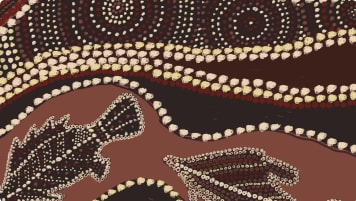Introduction to Aboriginal Fire Management
Small group tours for mature and senior travellers in the Australian outback to learn and appreciate land management techniques for couples and solo travellers reflecting Aboriginal culture in Kakadu, Tasmania, Arnhem land and the Kimberley.
27 Dec 21 · 6 mins read

Introduction to Aboriginal Fire Management
By Marco Stojanovik
Traditional Aboriginal fire management, often called ‘cultural burning’, is the practice of regularly using fire to burn vegetation and manage the environment. Dating back over 50,000 years, to the time Aboriginal people populated Australia, the practice has been used historically to skilfully manage the intensity of the inevitable force of fire during the dry season. Generally, it involves cool and quick burns – controlled low intensity fires that remove fuel loads and maintain biodiversity. Yet, it is not just one specific technique, but rather a localised understanding of what is needed for the environment at the time, involving an intimate relationship with the land. Although the practice was largely disrupted by European colonisation and dispossession of Aboriginal land, in recent years it has been increasingly recognised for its cultural value and as a crucial approach to stemming destructive bushfires.
Traditional Aboriginal Burning Regime
In Aboriginal culture, ownership provides rights to the resources of the land, as well as responsibilities for managing the land and caring for country. For tens of thousands of year, in a process tightly connected to this duty, Aboriginal cultures across Australia used fire deliberately and skilfully to manage their environment. This was one of the most important responsibilities that Aboriginal people had, designed to prevent the over-exploitation or destruction of resources by fire.
The practice involved the lightning of frequent ‘cool’ fires in targeted areas during the early dry season when weather conditions were right. This ensured fires were burned slowly and controlled carefully so that they were low intensity and did not burn all the area, in turn creating a mosaic of burnt and unburnt patches of trees and grasslands.
This created fire breaks and removed fuel loads for larger fires in the very hot later dry season. As a result, intense bushfires were uncommon, the fire regime changed to one of more frequent low intensity fires. In doing so, a rich biodiversity of plant life was protected and maintained, as well as habitat for mammals, reptiles, insects, and birds.
The burning also encouraged the regeneration of useful food plants for cooking, warmth, signally and spiritual reasons. Eucalypts would throw out new leaves, and grasses and plants would grow afresh from the burnt ground. And with the woody understorey removed, many of the orchids and lilies could flourish. Such regrowth was important for diets as many of the vegetable foods that were eaten by the Aboriginals – for example, ferns, grasses, leaves and shoots of trees – are more palatable when young.

In many parts of Australia, the burning was also used as a method of hunting, as Aboriginals clubbed or speared the animals which broke cover from the fire. Foraging over the burnt area also revealed animals such as lizards hiding in holes or burnt to death on the ground. And then, as the fires recycled nutrients and promoted growth, new herbivores were attracted to the area that could be hunted, as were game such as kangaroos which favoured the more open country.
A final major purpose of the burnings was to facilitate travel for nomadic groups by making access easier through thick and prickly vegetation. Setting fire to the bush removed the undergrowth for easier travelling and also killed or increased awareness of snakes and other vermin.
European Fire Regime
The intimate relationship between Aboriginal peoples and the land was violently interrupted by European colonization. With the removal of Aboriginal people from their traditional homelands, forced assimilation and the banning of indigenous languages, the knowledge of cultural burning was supressed.
At first the Europeans took note of the Indigenous peoples’ use of fire and the landscapes that had been created, often describing parklands through which movement was easily possible. When expeditions began exploring the countryside around Sydney, they encountered a range of vegetation; environments reminded them of the manicured parks of England, with trees well-spaced and a grassy understory.
However, the Europeans saw fire as a threat rather than a tool that could be harnessed to manage the scrub and increase the productivity of the environment. They feared it for it could destroy their houses, their crops, and it could destroy them. So, as European settlement spread out from Sydney, the traditional burning practices ceased, replaced by poor land management that neglected the use of fire.
As a result, the grass plains gave way to thick scrub and bushland, less biodiverse and more prone to intense bushfires. This led to the emergence of large, uncontrolled, destructive wildfires occurring late in the dry season. Today, these fires continue to increase in size, frequency, and severity due to rising temperatures and more extreme droughts caused by climate change. Often these wildfires impact grazing pasture, infrastructure, and other assets.
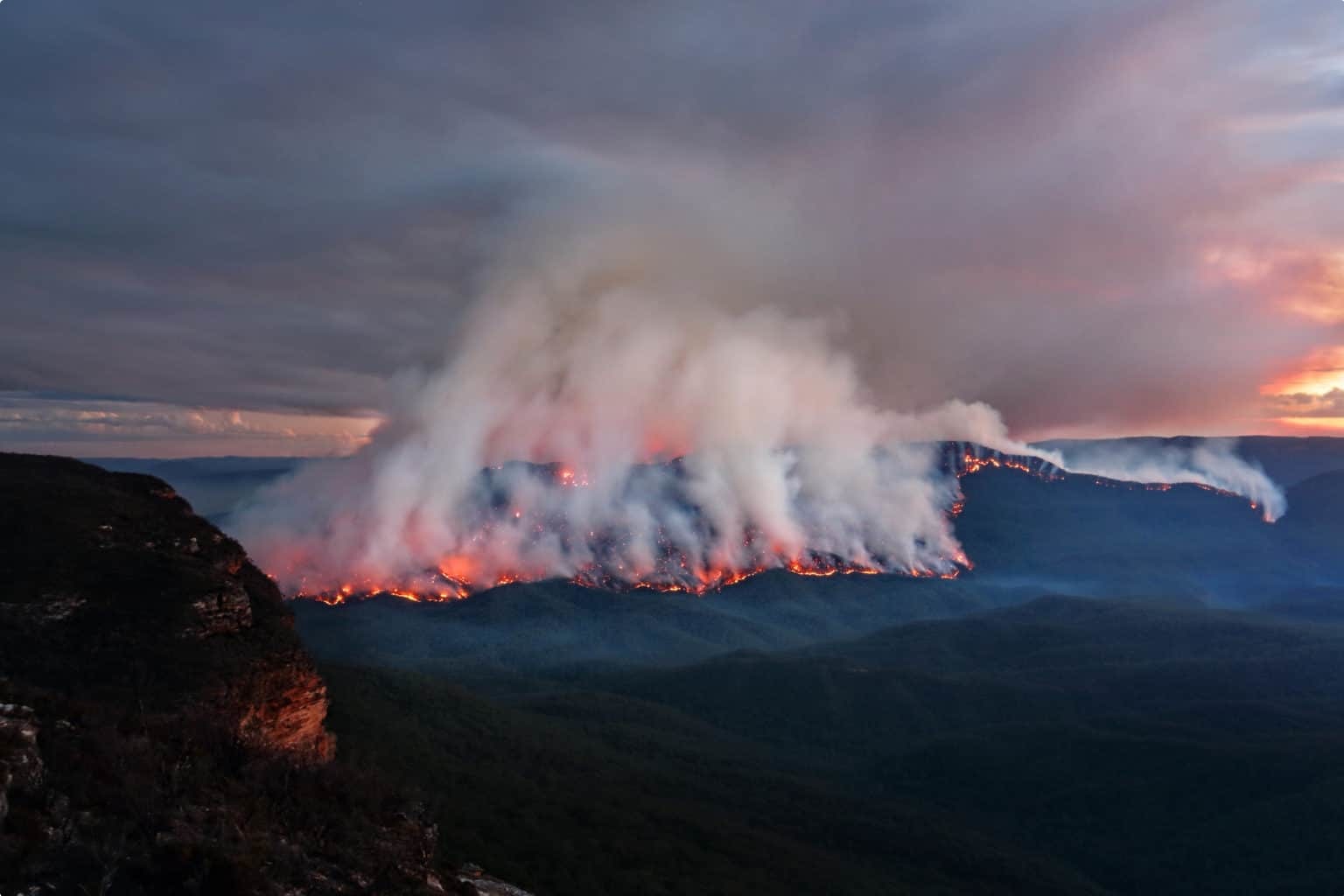
Current Use
Despite cultural burning practices having been severely disrupted across Australia, in some regions, such as clan estates in Arnhem Land, these traditions of fire management have managed to continue unbroken for some 50,000 years. And recently, custodians from these areas have been reintroducing the practice to other Aboriginal groups.
Indeed, we are now witnessing a reinvigoration of traditional fire management, spurred on especially since the 1993 introduction of native title and reclamation of 6.1 million hectares of Aboriginal land, as well as the growing recognition that western fire prevention methods have not been working effectively. Already the practice is in extensive use across the country, particularly in the north where native grasses grow more vigorously in summer and need to be controlled, and where Indigenous communities actively manage the land.
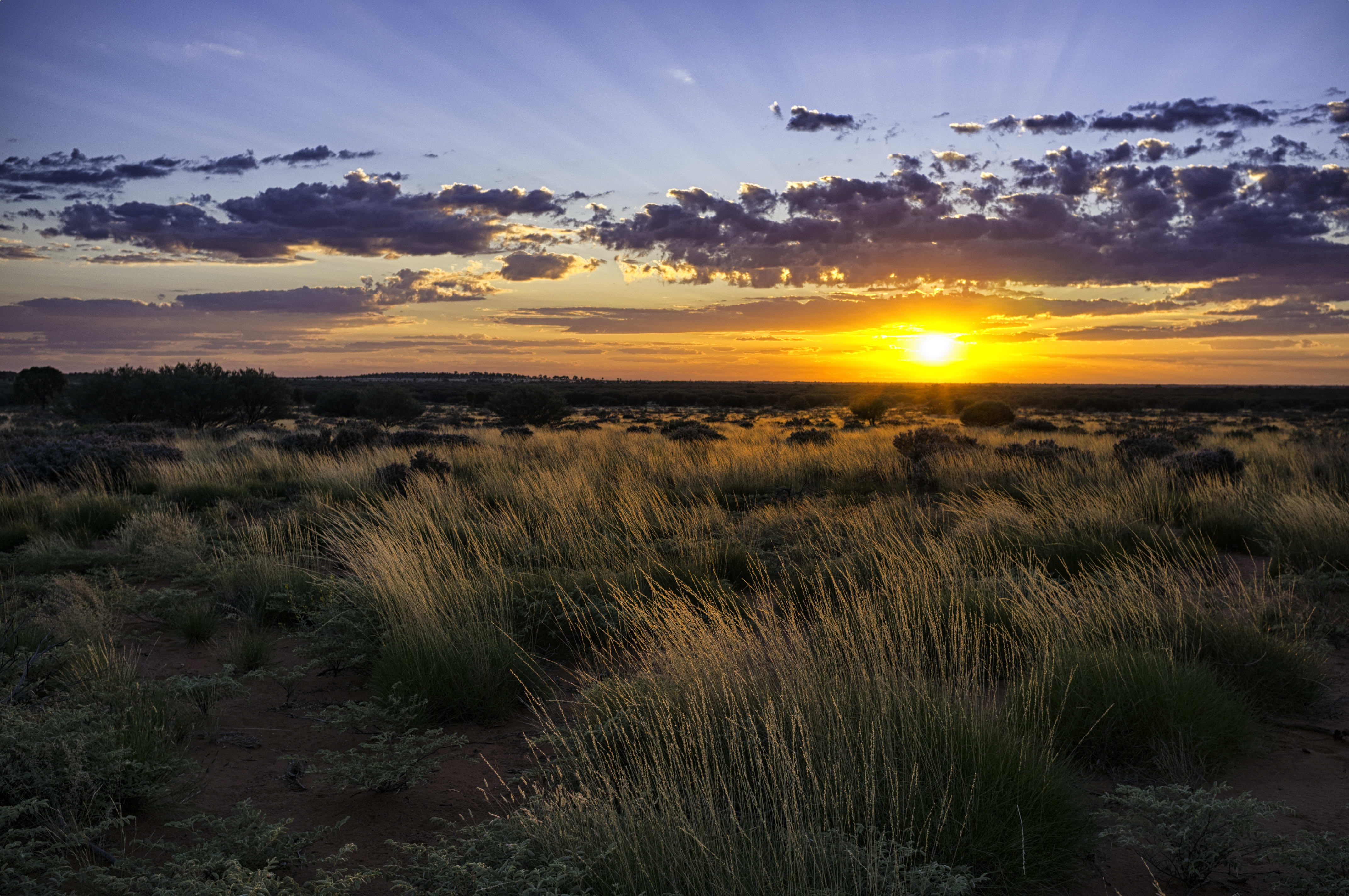
Meanwhile, several Indigenous groups are collaborating with non indigenous farmers and other land managers to adopt land management practices closer to those used by Australia’s first inhabitants, adapted to the challenges of a rapidly changing world. These include the need to protect assets, and new threats such as weeds, climate change, forest disturbances from logging and fire, and feral animals.
Also, some Australian states have now integrated cultural burnings with other fire-prevention strategies. State investment in Indigenous fire planning strategies has been most widespread in northern Australia, with data suggesting the introduction of traditional burning on a large scale had significantly reduced the area of land destroyed by wildfires.
Hazard Reduction & Cultural Burning
Elsewhere around Australia, Western-style controlled burning, also known as hazard reduction burning, has become a well-accepted fire management practice to reduce fuel loads and decrease the severity and spread of wildfires. A key justification for this type of program is that it emulates the burning practices undertaken by Aboriginal people. However, there are key differences between the two.
While Aboriginal fire management is proactive, hazard reduction burns are reactive. Hazard reduction does not normally stop fire ignitions but is generally deployed in a restricted way to strategically slow the progression of a fire so that firefighters may have a chance to contain it. They often rely on starting fires from the air to get sufficient landscape coverage in remote areas, resulting in bigger fires and much courser burn mosaics than from traditional burning. They are also less flexible as they are typically constrained to the working week, specific seasons and weather conditions, and to the middle of the day when flying conditions are safe.
With traditional burning, in contrast, Aboriginal people travel by foot, meaning they have a much greater situational awareness of likely fire behaviour and impacts. They are also able to choose the timing using specific weather windows (such as foggy conditions) and times of day (such as the evening) to ensure that fires remain under control and do not damage fire-sensitive habitats. In doing so, they are able to create very localised fuel reduction.
In all, hazard reduction burning has been shown to have very little effect on the spread of fire in severe or extreme weather. And, especially after the destructive 2019-2020 Australian bushfire crisis, experts are increasing calling for the greater use of traditional Aboriginal burning. But these practices cannot just be added to existing non-Aboriginal practices: Aboriginal people must be involved as they know when, where, and how to burn. For this to happen, more investment is needed, and policies need to shift to allow Aboriginal fire experts to use their craft on country.
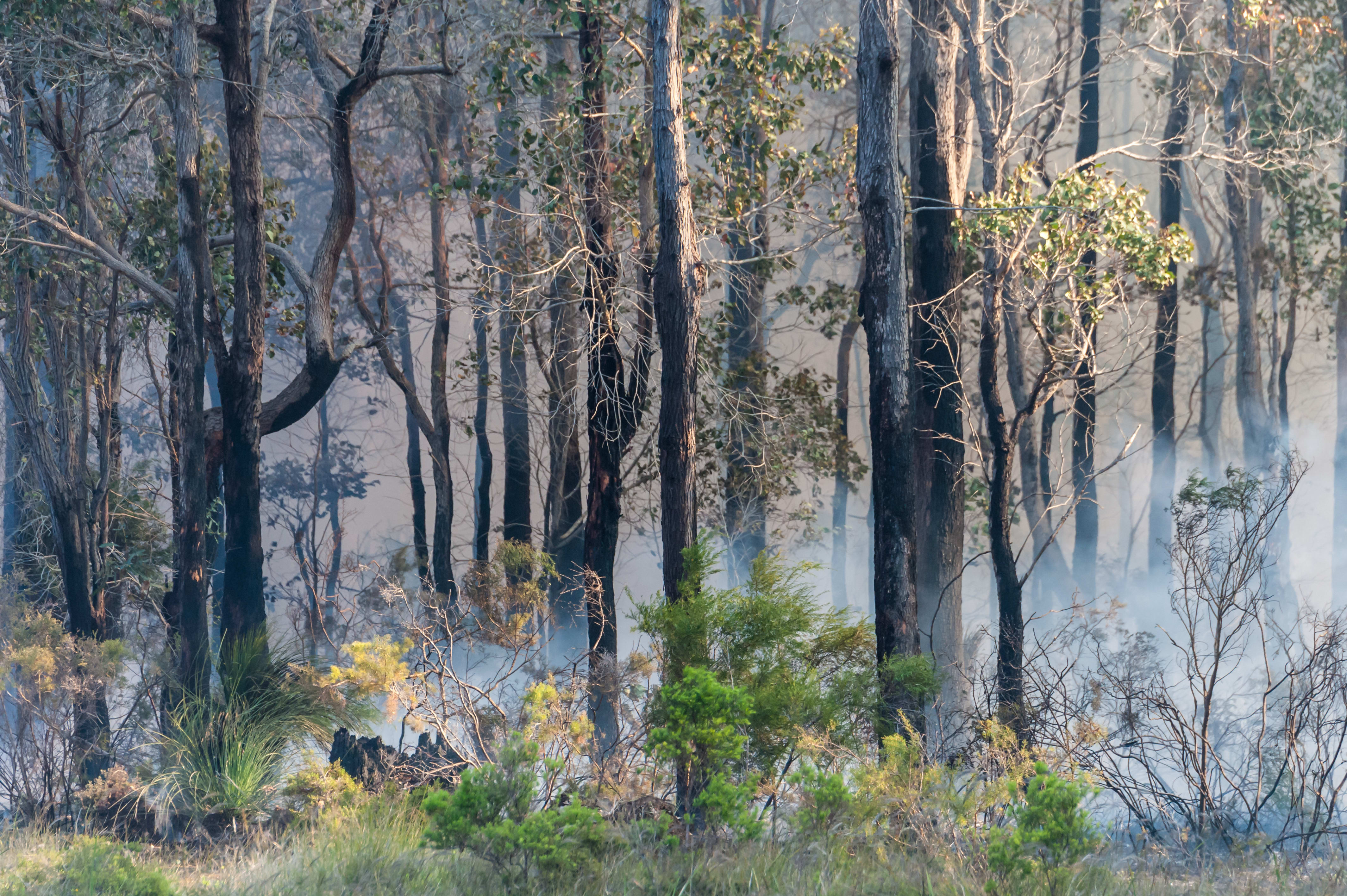
Articles about Australia published by Odyssey Traveller:
- The Australian Outback: A Definitive Guide
- Uncovering the Ancient History of Aboriginal Australia
- Aboriginal History and Culture of Kakadu National Park
- Aboriginal Land Use in the Mallee
- Understanding Aboriginal Aquaculture
- Aboriginal Art
- Appreciating Australian River Systems
- Charles Sturt and the Search for the Inland Sea
- Camels of the Australian outback
- The Kimberley: A Definitive Guide
For all the articles Odyssey Traveller has published for mature aged and senior travellers, click through on this link.
Published December 2020; updated December 2021.
Related Tours
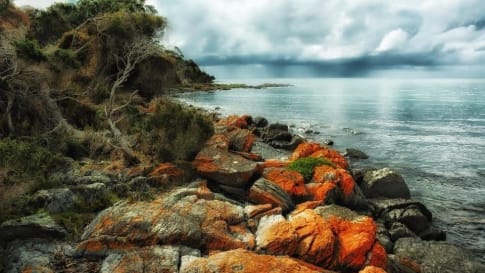
19 days
Mar, Nov, FebDiscovering Tasmania’s Wildlife
Visiting Tasmania
Small group tour of up to 15 mature and seniors travellers visiting and learning about Tasmania's wildlife and history. Visit Maria Island, Freycinet peninsula, Cradle Mountain, Strahan, Lake St Clair and Bruny Island over 16 days.
From A$11,450 AUD
View Tour
days
Nov, Mar, May, Jul, Sep +2Escorted small group tour North East New South Wales
Visiting New South Wales
Small group tour exploring the the North East region of New South Wales for mature and senior travellers. Travel, learn and explore about New England's history, the coast, National parks and regional towns in a time capsule surrounding Mudgee.

14 days
Mar, May, Jun, Jul, Aug +3Escorted small group tour of Western New South Wales
Visiting New South Wales
Discover the the Brewarrina fish traps, Aboriginal art at Mt Grenfell and visit the opal fields of White Cliffs. This small group also visits the World Heritage Site of Mungo man and lady stopping in Mungo National Park and other significant locations such as Broken Hill.
From A$9,250 AUD
View Tour
days
Mar, May, Aug, Sep, Oct +2Small group tour of World Heritage sites and more in the Southern States of Australia
Visiting New South Wales, South Australia
Discover the World Heritage Sites of the southern states of Australia travelling in a small group tour. A journey of learning around the southern edges of the Murray Darling basin and up to the upper southern part of this complex river basin north of Mildura. We start and end in Adelaide, stopping in Broken Hill, Mungo National Park and other significant locations.

days
Feb, Mar, May, Jul, Sep +2Guided small group motorcycle tour of World Heritage sites in Victoria and South Australia
Visiting
Discover the World Heritage Sites of the southern states of Australia travelling in a small group tour of like minded motorcyclists. A journey of learning around the southern edges of the Murray Darling basin and up to the upper southern part of this complex river basin north of Mildura. We start and end in Adelaide, stopping in Broken Hill, Mungo National Park and other significant locations.

days
Mar, Apr, Jun, Jul, Sep +1Guided small group Motorcycle tours of Western New South Wales
Visiting New South Wales
Motorcycle tours of Western New South Wales. Discover the the Brewarrina fish traps, Aboriginal art at Mt Garrett, learn about the opals of White Cliffs. This small group also visits the World Heritage Site of Mungo man and lady stopping in Mungo National Park and other significant locations such as Broken Hill.
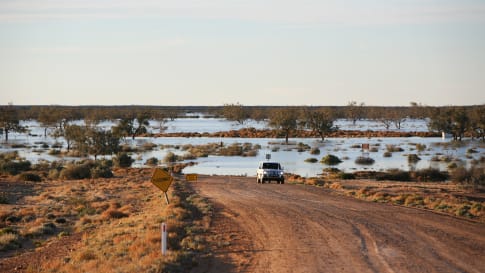
65 days
MarLong tour of Australia for a small group
Visiting New South Wales, Northern Territory
Small group tour for senior couples and solo travellers touring Australia. Travelling through the outback and visiting many of the famous sights as well as off the beaten track locations. Learn about the history of the people who explored the deserts, from indigenous communities to Europeans, as well as Burke and Wills, visit White Cliffs, Marree and far north Kakadu and the Kimberley.
From A$48,995 AUD
View Tour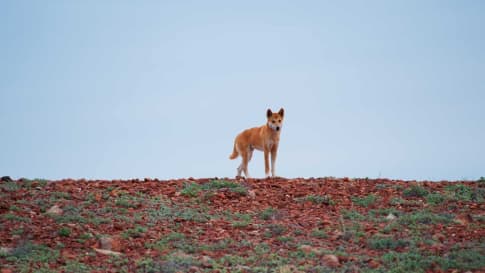
days
Apr, May, Jul, Aug, Oct +2Small group tour of Australia's Flinders ranges
Visiting South Australia
Escorted small group tour of the Flinders range in South Australia from Adelaide. Learn about Coober Pedy, Wilpena pound and water system of Lake Eyre as we explore and learn also about the history of the people who explored the Flinders.

13 days
May, Jun, Jul, Aug, SepSmall group tour of Australia's Kimberley
Visiting Western Australia
Escorted small group tour of the Kimberley. We explore and visit The Bungles, Bell Gorge, Mitchell plateau & Halls Creek in the dry season. Amazing landscapes intertwined with Aboriginal communities resident more than 45,000 years.
From A$15,390 AUD
View Tour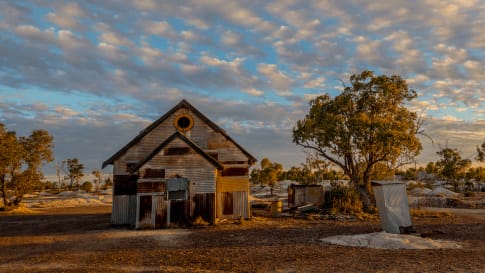
days
Mar, Apr, May, Jul, Aug +2Small group tour of outback Queensland
Visiting New South Wales, Queensland
To Dubbo and back, this small group tour takes you to learn about the Brewarrina fish traps, we travel high up into North Queensland to see the Dinosaurs of Winton and incredible Aboriginal rock art at Cathedral gorge and learn about opal mining and the history of Lightning ridge.
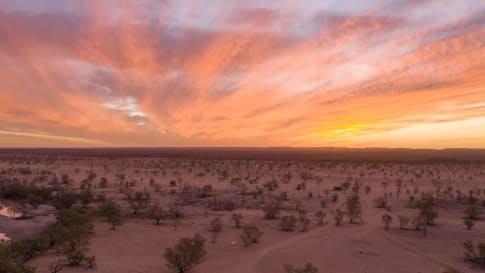
days
May, Jun, Jul, Aug, Sep +2Small group tour of Queensland
Visiting Queensland
On this Queensland Outback small group tour we travel west from Brisbane all the way to Birdsville then continue high up into North Queensland to see the Dinosaurs of Winton and incredible Aboriginal rock art at Cathedral gorge.

days
Mar, May, Aug, Oct, Jan +1Small group tour of Victoria for Senior travellers
Visiting Victoria
This 16 day escorted small group tour of Victoria for the senior or mature traveller who enjoys learning whether as a couple or solo traveller explores an area of central Victoria that is rich in historic houses, gorgeous gardens and some amazing art.
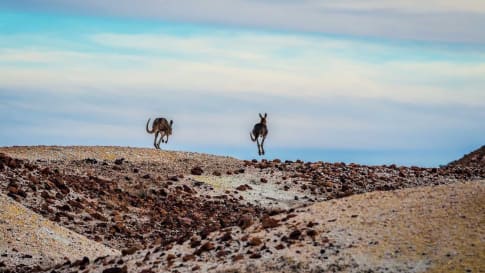
13 days
Mar, OctSmall group tour; Broken Hill and back
Visiting New South Wales, Queensland
Small group tour of New South Wales, Queensland & South Australia deserts, from Broken Hill. Learn about the history of the people who explored the deserts, from indigenous communities to Europeans, as well as Burke and Wills, visit White Cliffs, Birdsville, Maree.
From A$11,550 AUD
View Tour
14 days
Oct, AprThe Darling River Run small group tour
Visiting New South Wales, Victoria
Small group tour for the mature and senior traveller of the Darling River. Learn about the history, culture and landscapes of the Darling, a key part of the Australian river system including Aboriginal trading routes and aquaculture. Suitable for mature and senior couples or solo travellers.
From A$10,750 AUD
View Tour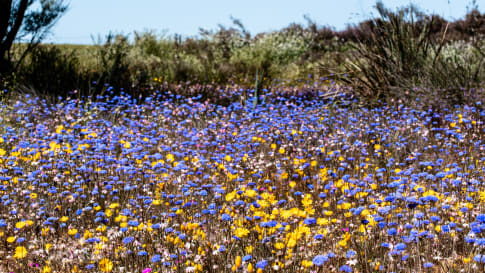
15 days
Aug, SepWildflowers tour of Western Australia
Visiting Western Australia
Escorted small group tour for senior and mature travellers as a couple of solo traveller. Upto 12 people of WA's Wildflower regions including Esperance and the Fitzgerald river National park. Local guides and program leader share knowledge about this fascinating region whilst in bloom.
From A$12,250 AUD
View TourArticles

Aboriginal Art
Senior and mature couples and solo travellers remain curious but often informed about the role Aboriginal art plays in the indigenous community and the various styles. This article seeks to provide a platform for this collection of small group tours of upto 15 people into the Australian outback where often Aboriginal art styles are encountered.

Aboriginal history and culture of Kakadu National Park, Northern Territory
For those seek to learn as they travel then the history of the Aboriginal journey and timelines that unfold as a discovery in Australia seek to fascinate the mature and senior traveller on a small group package tour for couples and singles. From Darwin, this tour also visits Arnhem land as well as Kakadu, during the dry season.

Aboriginal Rock Art in the Kimberley, Australia
The Kimberley is explored on a small group tour for mature and senior travelers, couples or singles. Both Aboriginal community is studied and an appreciation of the wet and dry seasons. This guide on the Kimberley assists the traveler as you start from Broome and travel round via Halls creek and Purnunulu national park over some 17 days in a group of up to 12 people.

Aboriginal Sites of Importance in Outback Queensland, Australia
Outback Queensland is hiding a number of unforgettable indigenous experiences on this small group tour for senior travellers. Especially at the Brewarrina Fish Traps, and Carnarvon Gorge, for example where you can experience and learn about dreamtime creation stories, age-old cultural practices and traditions, and Aboriginal art.

Ancient Aboriginal trade routes of Australia
Ancient Aboriginal trade routes of Australia Trade was a central part of life for Aboriginal people prior to the British settlement of Australia. Trading routes criss-crossed the nation, dispersing goods, information, technologies and culture thousands…
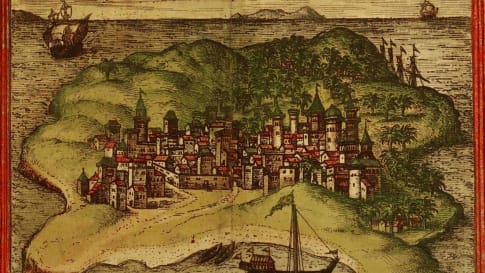
Archaeological mysteries of Australia: How did a 12th century African coin reach Arnhem Land?
Consider the impact of Portuguese, Spanish and Chinese followed by the Dutch trading in the Spice islands to the North of Australia from the 11th century. The probability of African coins reaching a beach become real. Learn more on a small group package tour to Kakadu and Arnhem land or the Kimberley where shipwrecks have been found to consider the impact on Aboriginal history and rock art. Tours for seniors couples and singles.

Bruny Island, Tasmania
Explore the sights and history of Bruny Island, with its soaring dolomite cliffs and white sand beaches, it is home to some of Tasmania's richest natural heritage. Odyssey offers small group tours for mature and senior travellers, couples, and solo travelers to Australia and Tasmania.
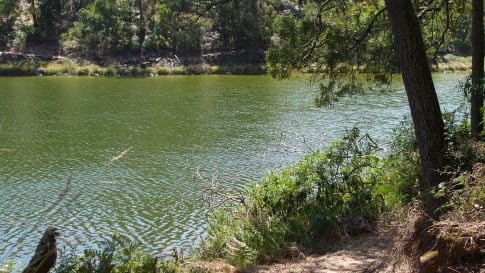
Budj Bim Cultural Landscape, Victoria
Article for escorted small group tour about this program visiting UNESCO World Heritage sites in Victoria, South Australia & NSW. Exploring and learn about Budj Bim cultural landscape for mature and senior travellers .
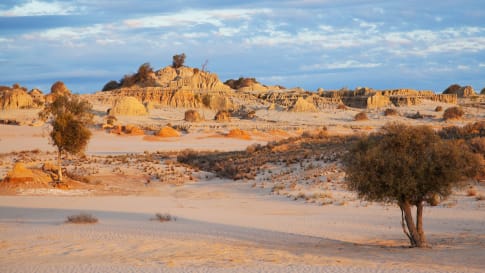
Mungo Man and Mungo Lady, New South Wales
Part of a small group tour of World heritage sites on Victoria, NSW & South Australia for mature and senior travellers. Learn and explore in the Mungo National park about Aboriginal settlement and the fauna and flora of this National park.

Natural landscapes of Kakadu National Park, Northern Territory
Article about a unique RAMSAR landscape and UNESCO world heritage site explored and part of a small group tour for mature and senior travellers couples and singles based in Darwin. Landscape, wildlife, and aboriginal history and settlement plus African mystery are part of this and other articles on Kakadu.

Understanding Aboriginal aquaculture
Aboriginal communities had the ability to harvest fish some 20,000+ years ago. Creating major centres of trade and cultural exchange, and supported permanent communities. Discover and learn more on a escorted small group package tour to Victoria, South Australia & Queensland for mature and senior travellers, couples and solo travellers interested in learning.
